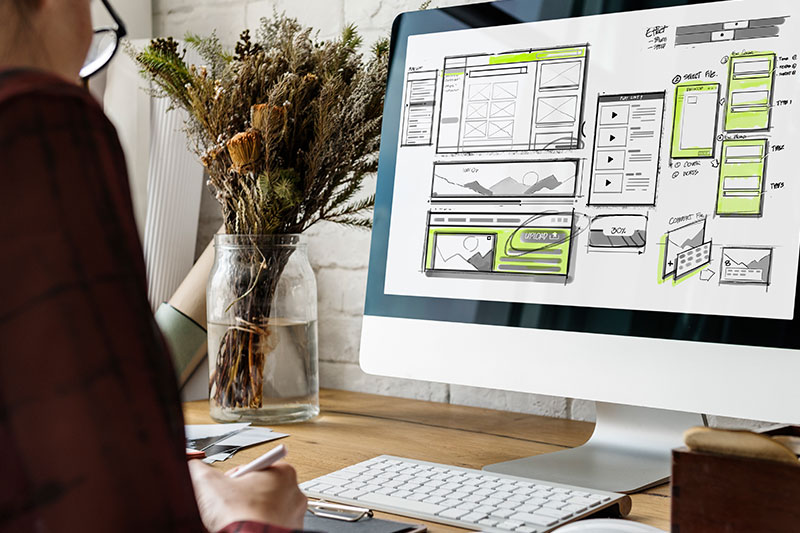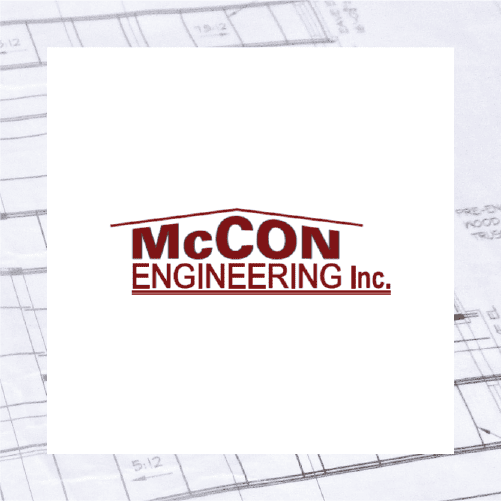Whether your company’s website is a multi-page site or a simple one-pager or landing page, a robust design establishes your business’ authority in the industry. However, a templated or DIY website quickly diminishes that authority. Here we dive into Harford Designs’ website design process in depth.
Step 1. Research, Research, Research
Because we do not believe in a one-size-fits-all approach to website design, Harford Designs first starts with getting to know our clients and the specific audience they are targeting. It begins with a detailed questionnaire, beginning with the basics:
- Describe your business
- Detail your top 3 services
- Provide your top 3 competitors & their URLs
Then comes the head-scratchers.
- What age, gender, race, ethnicity is your ideal client?
- What is their level of education?
- Where do they live: city, suburbs, rural?
- Create an avatar.
- What specific problem are you solving for this avatar?
- Why are you unique to your top competitors?
An avatar for marketing purposes is a hypothical representation of a user or the user’s character or persona.
By defining these key points of your business and understanding your mission and values, we can begin the research phase to determine:
- What your competition has been up to
- What works for them and doesn’t
- What the new industry standards are regarding the design
- If there are any restrictions on the site as required by law
With the research in place, we jump into the design portion of the project.
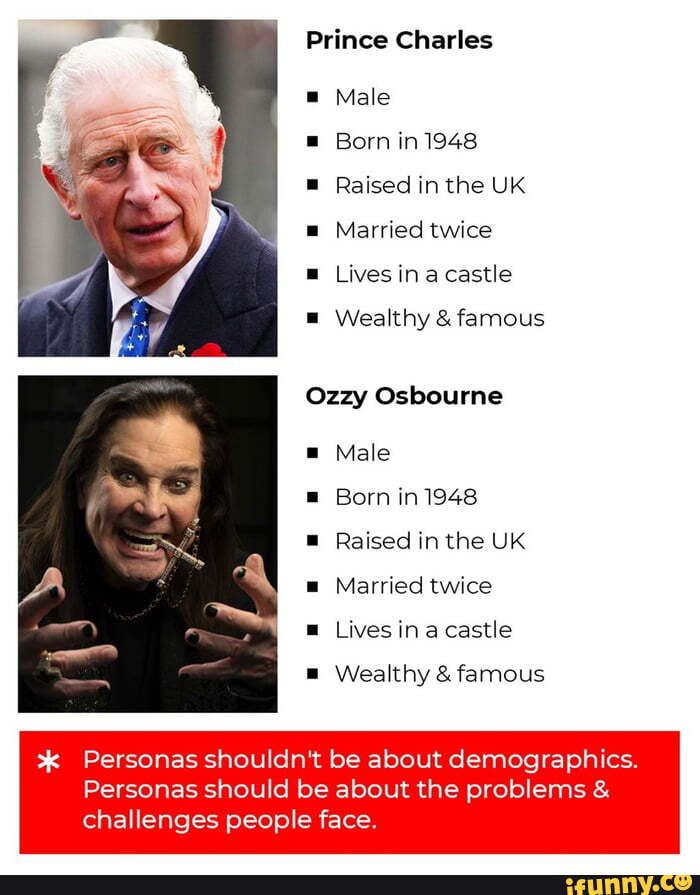
Step 2. Discovering & Building Your Design Aesthetics
Not everyone is quick to know what they like in a design. They look at something, and it is either a “Yes, I like it” or a no. Instead of throwing darts at a board, hoping to land on a design our clients will love, we walk clients through a design concept presentation and activity.
We pull visual examples from various websites (some from your industry and others not) and discuss them in-depth to get a clearer picture of the company’s brand aesthetics.
During this session, we ask questions clients have likely never pondered before, such as:
- Do you like this design because of the serif or san serif fonts?
- Is the blue too dark for you? Are you gravitating towards warmer colors?
- Which style of iconography do you prefer: simple, detailed, colorful?
- What are your thoughts on the use of color?
Iconography is any visual depiction—symbols or imagery—used on a website or other digital or print materials.
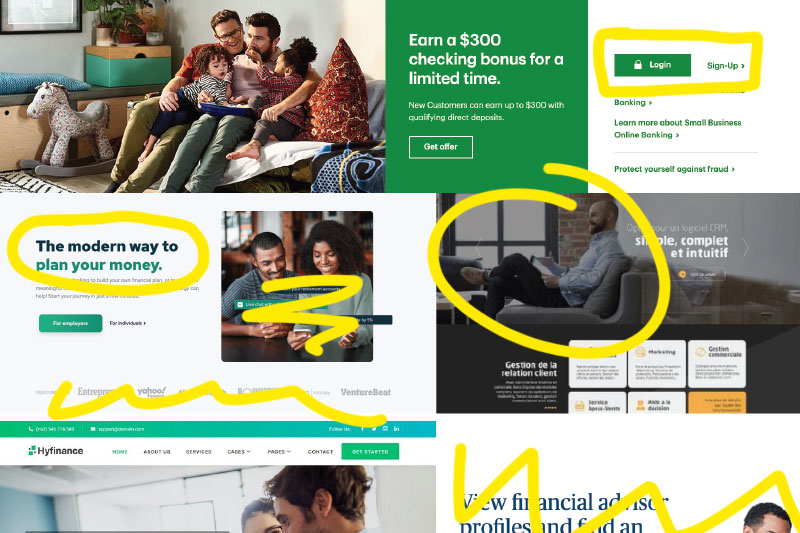
Step 3. The Design Begins
The actual design process is broken up into three stages: the first look, second look, and final review. The number of reviews may vary, but these three project milestones remain the same.
The First Look
After developing a design aesthetic and preference for your organization, we begin to build the foundation of your website, starting with the homepage and several internal page templates (customized, of course).
The pages are populated with imagery provided by the client or purchased by the Harford Designs’ team. Text is often inserted as a placeholder, using copy from the existing site and filling in any gaps with Lorem Ipsum. If a content writer is being utilized, the placeholder texts help them develop headers, tag lines, and craft paragraphs.
The first look is by no means the final version of the site, and you’ll find it seems incomplete. We wait for your approval of the direction of the design style before proceeding; there would be no point in building you a website you despise (though we are fortunate to have never received such feedback).
With the approval to proceed, we keep on working.
The Second Look
The polished content has been placed, images are set, and the design’s overall look is established. During the second look, both client and designer walk through the development site page by page, evaluating everything from headers, verbiage, paragraph length, buttons, links, and calls to action. We take careful notes on your requested changes while explaining our reasoning behind various design styles.
The second look is essential to the design process as it allows both designer and client to pinpoint any errors and make changes without recreating the entire website.
Final Review
At this stage of the design process, your website is nearing launch. Together, we review every page in detail again and make the final tweaks (usually swapping the wording of a few phrases, but never rewriting the entire copy).
We check that all buttons link accordingly and that the pathway for your ideal client to navigate from the homepage to the lead-generating next steps are clear and concise. With your approval, we launch your new website.
Step 4. Launching Your New Website
Behind the scenes, our developers have been working to ensure email addresses are connected, Google Analytics and Google My Business codes have been applied to the site, and everything is secure.
The new site launches overnight or near the end of the day, allowing you to carry on work without disruptions during your workday. We are on standby should any errors arise.
Step 5A. Ongoing Website Maintenance
Now that the site is live, what do you plan to do?
- Will you set it and forget it? (Not recommended)
- Will you post a few blogs and make occasional text changes?
- Or will you be active with your site, posting blogs regularly, managing members and publishing events, and creating new pages are recommended by SEO.
Harford Designs offers three levels of retainer packages, all of which will include maintenance, updates, and backups. The levels will vary based on your activity level on the site.
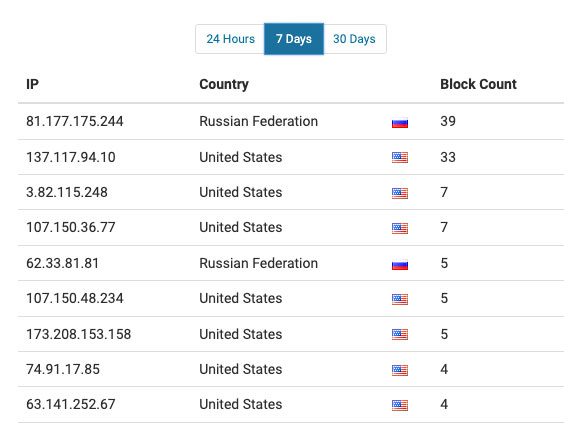
Step 5B. Utilizing SEO Services
While SEO should begin at the start of the research phase, it is often deferred until after the launch. Alas, it is never too late to optimize content and index your site. You’ve got a great website—let it rise in search engine rankings.
Conclusion
As we have mentioned before, there are no cookie-cutter websites for Harford Designs. While the above methodology provides a general outline of our digital design process, we deviate from the path as required; flexibility is key.
Contact us and schedule a consultation if you are ready to see how easy redesigning your website can be. We’re ready when you are!
